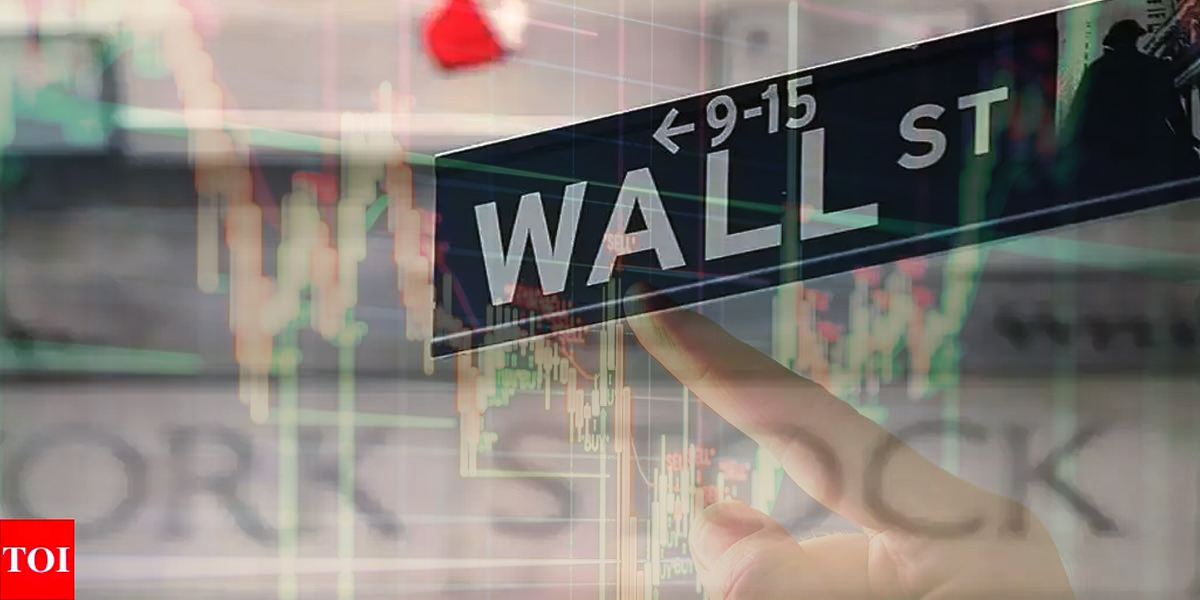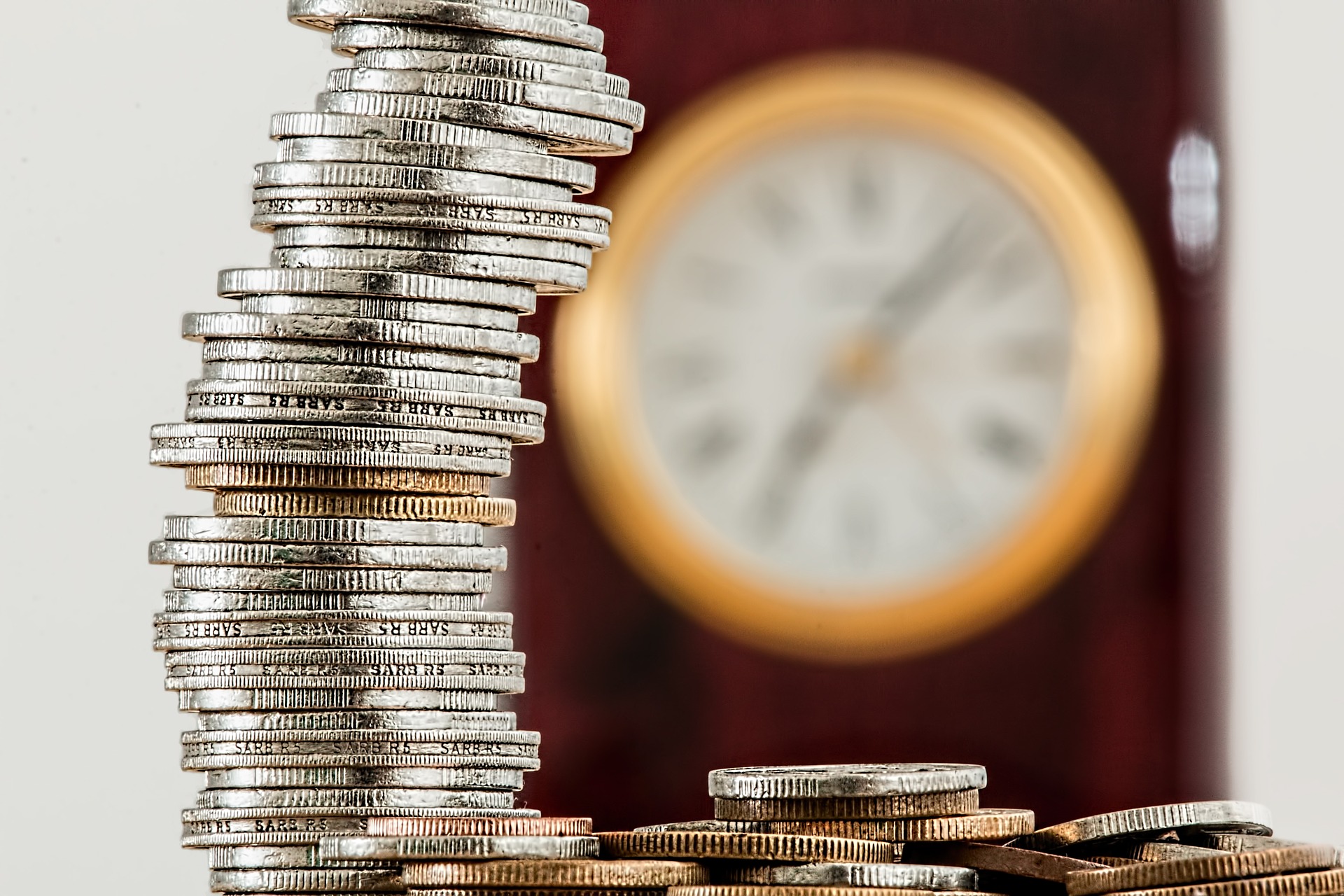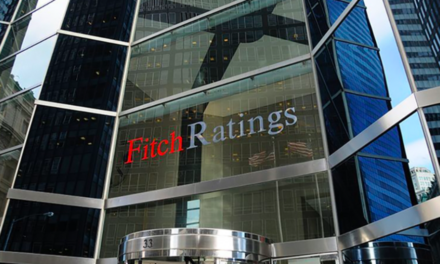A highly favorable jobs report drove stocks into an upward frenzy on Friday, November 4th. The blue-chip market reported a new intraday record as it extended gains earned over Thursday and hit its seventh consecutive high at closing.
Meanwhile, the S&P went up by 2%, marking its fifth consecutive weekly gain and its longest winning streak in nearly three years. The Nasdaq and Dow also hit record highs during the week; the former was up, recording a broad move higher for tech stocks.
The first month of the fourth quarter closed with a highly favorable job report that showed an improved pick-up in terms of payroll growth, as well as a significant drop in unemployment.
A Month of Improvements
US unemployment was at its lowest since March 2020, when the pandemic first hit American shores, plunging to 4.6%. Hourly earnings were also up by 4.9% on average year-on-year as companies scrambled to hire employees in light of the ongoing labor shortage.
Non-farm payrolls, in particular, were at their highest monthly rate since the beginning of the third quarter. The Labor Department added that September payrolls were up by 312,000, a marked increase from the 194,000 reported in August. Also, 483,000 jobs were added to the workforce in August.
Investor confidence was also bolstered by improved labor market data. For many, it was seen as a vindication of the Federal Reserve’s decision to trim off a bit from its monetary policy support in light of ongoing economic improvements.
The most recent jobs report also noted that the negative impact of the COVID-Delta variant through much of the summer of 2022 has begun to dissipate. Indeed, many jobs have been generated thanks to the reopening of numerous leisure and hospitality facilities and other industries that require a great deal of contact.
What the Fed Has to Say
Earlier in the week, the Fed announced that it started tapering down asset purchasing, though it did not give any details about the cost of tapering next year in dollars, nor about when it planned to do its next round of interest rate hikes. Fed officials remarked that future interest rate hikes would depend on how far economic recovery will go in the next several months.
Fed chair Jerome Powell added that the national economy needed to cover more ground in terms of maximum employment in terms of both corporate participation and the range of opportunities offered throughout industries.















